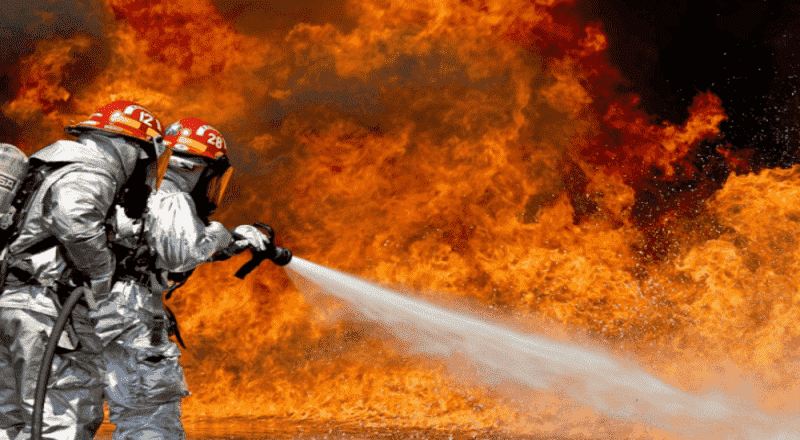
Methylene Chloride Poses Unreasonable Health Risks To Workers, Says EPA Report
According to a final revised risk determination published by the US Environmental Protection Agency (EPA), states that, as a whole chemical substance, methylene chloride present unreasonable risk of injury to human health under 52 of the 53 conditions of use studied, including:
- Plastic and rubber manufacturing
- Electrical equipment, appliance and component manufacturing
- Oil and gas drilling, extraction, and support activities
- Adhesive/caulk removal
- Cold pipe insulation
- Aerosol and non-aerosol degreasing and cleaning
The agency will take action “to identify and apply measures to manage these risks”.
Methylene chloride, a chlorinated solvent, is a volatile, colourless liquid with a sweet-smelling odor. It is often referred to as dichloromethane and is among the first 10 chemicals under evaluation for potential health and environmental risks under the Frank R. Lautenberg Chemical Safety for the 21st Century Act.
According to OSHA, when methylene chloride enters the human body, it affects the ability to concentrate. At high enough levels, it can stop breathing. At lower levels, methylene chloride exposure causes dizziness, fatigue, headaches, and nausea. Methylene chloride breaks down into other chemicals in the body, such as carbon monoxide.In addition, methylene chloride can displace the oxygen in a worker’s environment because of its high vapor pressure.
Methylene chloride is used in many industries. It is used in paint removing, degreasing and cleaning, and manufacturing Some examples of workers at risk of being exposed to methylene chloride include the following:
- Bathtub refinishers exposed to glazing fumes
- Workers who use paint stripping products
- Factories workers involved in metal cleaning and degreasing
- Employees who work in pharmaceutical manufacturing
EPA says that although “there could be occupational safety protections in place” at workplaces, not assuming the use of PPE covers the agency’s presumption that various worker subpopulations may face accelerated exposure to methylene chloride if:
- They’re not covered by OSHA standards;
- Their employer isn’t in compliance with OSHA standards;
- OSHA considers many chemical-specific permissible exposure limits “outdated and inadequate for ensuring the protection of worker health”;
- The PEL alone may be inadequate for ensuring the protection of worker health
Possible agency regulatory options include “prohibitions or requirements that limit the manufacture, processing, distribution in commerce, commercial use, or disposal of this chemical substance, as applicable.”










